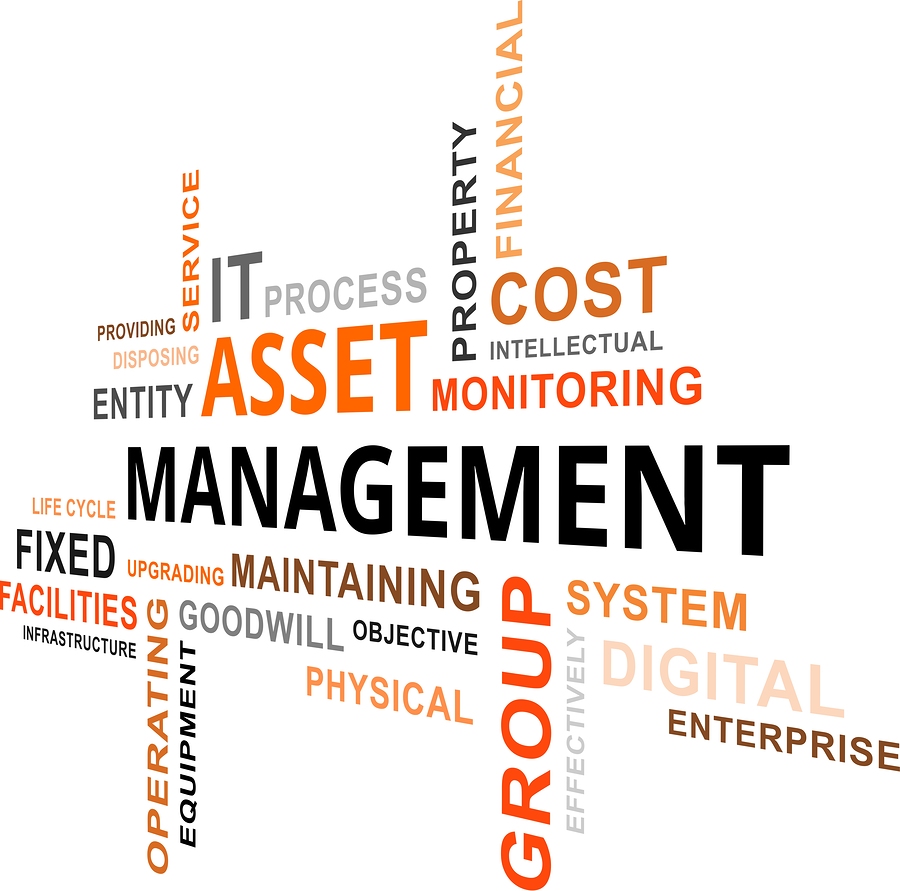Accounting
2017 Reviews of Asset Management Systems
The more assets a business obtains, the more complicated it becomes to adequately manage those assets. And for service businesses, or those with a large number of company assets such as equipment and machinery businesses, tool rental businesses, or ...
May. 22, 2017

Contrary to popular belief, fixed asset and depreciation management software is not only for larger businesses or accounting firms that offer these services to their clients. Even the smallest company can benefit from some type of asset/depreciation management software product. After all, if you’re in business, you have assets. And those assets need to be tracked; along with the corresponding depreciation.
However, the more assets a business obtains, the more complicated it becomes to adequately manage those assets. And for service businesses, or those with a large number of company assets such as equipment and machinery businesses, tool rental businesses, or even businesses with multiple locations, the task of managing those assets can quickly become overwhelming.
New tools such as the use of barcodes for tracking assets has helped considerably with the getting and keeping a handle on where equipment is, but handling depreciation correctly still presents a challenge to business owners. Couple that with the necessity of keeping up with new tax laws, and business owners increasingly find themselves eager to turn asset and depreciation management over to the experts. This is increasingly true of businesses that need to track a variety of asset types such as buildings, furniture, fixtures, vehicles, and other equipment.
Thankfully, there are more products on the market today than ever before that are designed to help accountants and CPA firms keep track of both assets and depreciation for numerous clients. This is particularly important when handling a large number of assets such as equipment and vehicles. Aside from tracking the asset itself, service and repair issues must be tracked as well. Warranty information also needs to be tracked, and if a business rents out any of its assets, such as a vehicle or tools or equipment, that detail needs to be tracked as well.
But tracking the asset is only one part of the equation. Depreciation of fixed assets can be relatively simple, or increasingly complicated, depending on the equipment and the resultant tax implications. The software needs to provide accountants with the ability to quickly record the cost of the asset, as well as create and maintain a depreciation schedule that is suitable for the asset and for the business owner.
For businesses with multiple fixed assets, it’s vital that a software product be able to calculate depreciation using a variety of methods including Straight-Line, Declining Balance, Sum-of-the-Years’ Digits, Remaining Value Over Remaining Life, and Units of Production. Deciding on the depreciation method is where the expertise of the accountant is put into play, since each method offers very distinct advantages and disadvantages. And since depreciation methods can positively or negatively impact a client’s cash flow, the right methods must be used.
In this issue, CPA Practice Advisor reviewed the following products:
- Acumatica Fixed Asset Management
- Asset Panda
- Bassets eDepreciation
- BNA Fixed Assets Desktop Pro
- CCH ProSystem fx Fixed Assets
- Cellutionware
- Depre123
- Depreciation Works
- GoCodes
- Intuit Pro Series Fixed Assets Manager
- Moneysoft Fixed Asset Pro
- Pro-Ware Asset Keeper
- Sage Fixed Asset Accounting
- Thomson Reuters Fixed Assets CS
- Wasp Asset Cloud
We also took a more general overview-based look at three systems that offer other functions related to asset management, such as location tracking and inventory control:
- CheqRoom
- EZ Office Inventory
- Loc8 Asset Management
We employed our new method for reviewing products, focusing on vital features that we feel are important when looking at or reviewing new software. A corresponding chart is also included, so readers will be able to quickly assess the features available in each of the products that we have reviewed.
Some of those features include the availability of a cloud- or web-accessible version, the ability for the software to easily handle multiple businesses or clients, quick asset entry capability, whether the product supports multiple books and multiple depreciation methods. We also looked at whether the product supports asset transfer and disposal options, whether asset data could be imported into the product from other applications, and how well the product integrates with other modules as well as third party applications. Reporting options, including report customization capability were looked at, and finally, we took a look at help and support options offered by the software vendor.
Many of the products included in the review can be used by an accounting firm that provides asset and depreciation management services to their clients, as well as business owners who wish to manage their assets and depreciation schedules in-house.
So whether you’re looking to offer asset and depreciation management services to your clients for the first time, or are looking for a product upgrade, or perhaps are looking for a product to recommend to your client, these reviews offer a great starting point.
